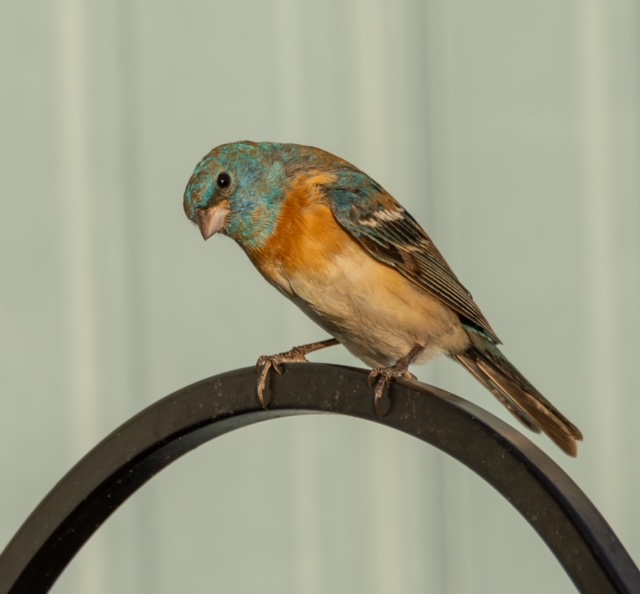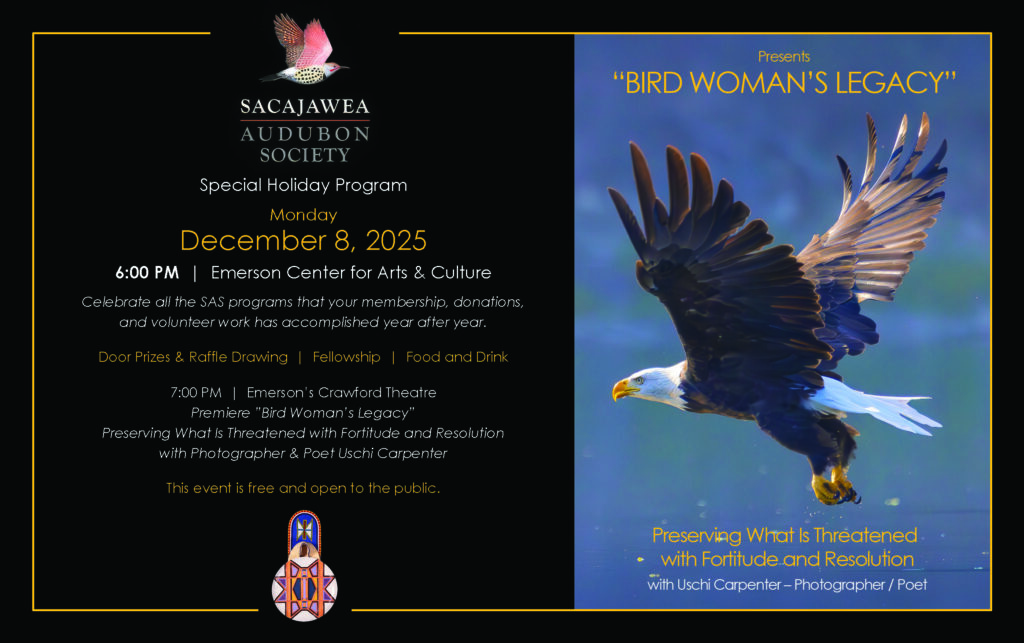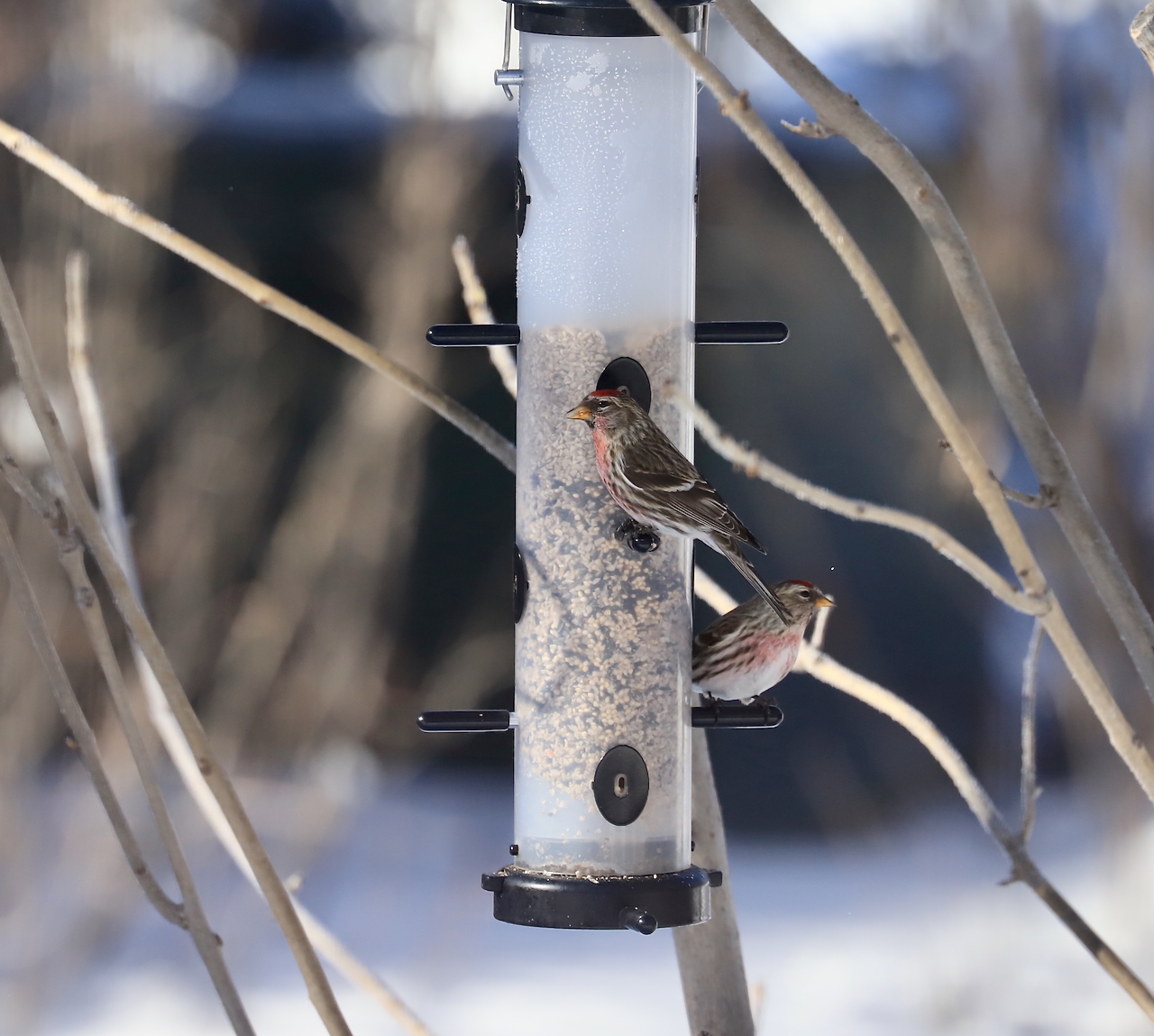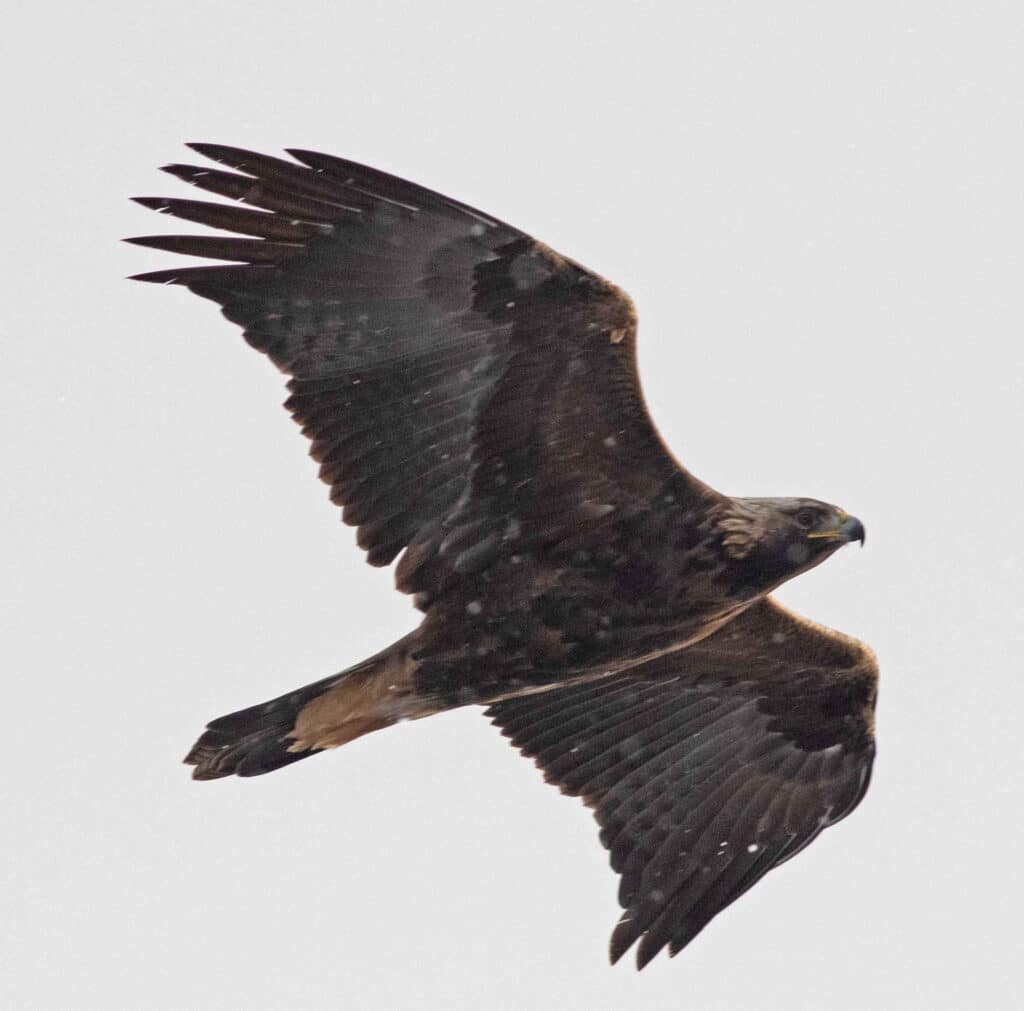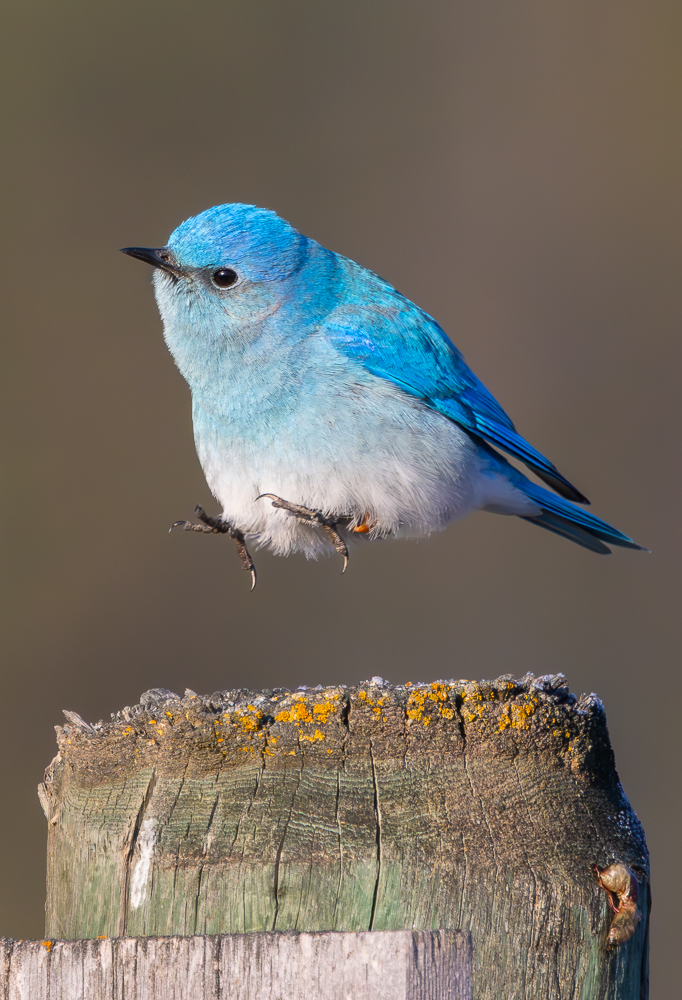By John Parker
What a mild fall it’s been. Day after day of sunshine and temperatures pushing record highs deep into October. This weather pattern hasn’t been conducive for any large-scale fallout of migrating passerines, with few notable warblers or other songbirds.
On his way to work September 12 th , Josiah Kiehl spotted a Chestnut-sided Warbler
across from Glen Lake in north Bozeman. From September 27 till October 12 Dave Benes and
Dana Skorupa had a Lazuli Bunting (see Dave’s photo above) visiting their yard in Gallatin Gateway. This latter date is a late record for southwestern Montana. Much earlier in the fall migration on August 21 st , Doug
Smith and John Parker found a wandering Brown Thrasher in the willows bordering Harrison
Reservoir. Brown Thrashers are rare anywhere in the western third of Montana, and this
sighting represents the first record for Madison County.
Three weeks later the Sacajawea Audubon had delightful weather on the field trip to
Harrison Reservoir, and the twelve people on the trip were treated to great views of many of
the 54 bird species seen at the reservoir, including one each of Marbled Godwit and Long-
billed Curlew. Both of these shorebirds have typically left Montana by the first of September.
While on a birding excursion to Ennis Lake on September 28 th , Kim Obbink and Vic Fesolowitz found 3 Sabine’s Gulls and a Pacific Loon. Then on a trip to Cottonwood Reservoir north of Wilsall October 4 th Vic discovered a Red Phalarope. There are fewer than twenty-five records in Montana for this shorebird, which was taken off the state rare bird review list two years ago. This Red Phalarope was also a first record for Park County. A nice week’s birding finding three species of birds that seldom stray from the ocean.
There were two Northern Pygmy Owls seen or heard in this area early in October. While
hiking to the Bridger Ridge Hawkwatch site on the morning of October 6 th , Tim Preso heard
scolding chickadees in the chute just below the top. On further investigation Tim spotted the
object of the chickadees’ ire…a Northern Pygmy Owl perched on a lichen covered snag. Two
days later during the pre-dawn hours, Matt Keefer heard a tooting Northern Pygmy Owl near
his east Bozeman home.
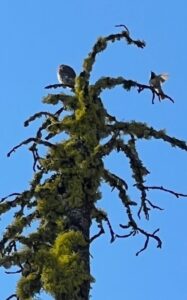
A Lewis’s Woodpecker was discovered by Jason Gregg September 14 th at the Indreland
Audubon Wetland in east Bozeman. This woodpecker remained at this location for five days,
allowing many other people to enjoy seeing this beautiful woodpecker.
We know Black-billed Magpies aren’t exactly uncommon in the Gallatin Valley, but a
magpie with a white tail feather is sure to catch your eye. On September 13 th Mike Vivi0n saw a
magpie with a white central tail feather, near the corner of Davis and Cattail Streets in
northwest Bozeman. What makes this magpie especially intriguing is that Mike saw a magpie
with the exact same pattern of leucism at the same location several years previously. Typically,
magpies’ life expectancy is around five years, but it’s not unusual for them to reach ten years in
age. Some even live to fifteen years, with the oldest reaching twenty years. Hopefully, birders
in this neighborhood will be the lookout for this eye-catching bird.
.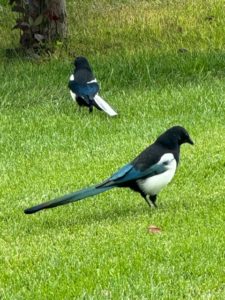
Submit your rare or interesting sightings to birdsightings@sacajaweaaudubon.org

